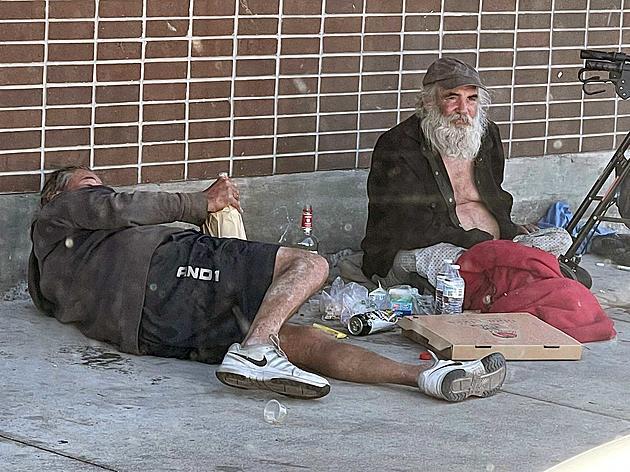MISSOULA — Ten years ago, Missoula's adopted its plan to end homeless by 2022, and while it failed to eradicate the issue, service providers and the city have gleaned successes and shortcomings along the way.
Now, they hope to take those observations – and the results of a recent survey – to create a new and improved strategy using a retrospective approach. But challenges in funding, capacity and housing could serve as a steady headwind in their effort, experts told the City Council on Wednesday.
“There are still real key gaps,” said Brandn Green with JG Research and Evaluation. “Being thoughtful about diversity of need within the population is a thing that all service providers and those with expertise stressed to us.”
While Missoula has invested millions of dollars to end homelessness, it remains a stubborn challenge. But experts agree that the plan did provide a strong base from which to build.
Under the plan, the city created its first housing office in 2016, followed a year later by the Coordinated Entry System. The first “safe outdoor space” opened in 2020 and the city followed that winter by opening an indoor winter shelter.
More recent efforts include the launch of Operation Shelter – a joint effort between the city and county – and the opening of the pallet shelter.
“Just last month the Trinity project began leasing rental housing that's affordable,” said Emily Armstrong, a program manager with the city. “That's a huge step for our community.”
Trinity is one of several affordable housing projects under construction and, this spring, it will provide 100 units of workforce housing and 30 supportive housing units off Mullan Road.
While it's a step in the right direction, Armstrong said Missoula will need more housing, including that reserved as a transitional step from homelessness to being housed.
“Building literal infrastructure is costly and time consuming, and it takes political and social will power,” said Armstrong. “We're still finding limitations within the housing options that Missoula is able to provide.
Exploring a new plan
The JG survey found that Missoula's 10-year plan didn't anticipate external events that came along such as Covid, its impacts on social services, funding, and housing availability and pricing.
A new plan would need flexibility, according to Erika Berglund, also with JG Research.
“Missoula has done a great job building out this rapid rehousing structure and building out more options for shelter,” Berglund said. “But we heard a lot of feedback where there continues to be gaps and need for improvement in the prevention piece.”

Berglund cited a number of prevention efforts where improvement is needed, such as ensuring those who move into transitional housing remain supported to improve the odds of a successful outcome.
It also includes keeping people housed by addressing housing insecurity. Behavioral health treatment also came up, as did better communication with local mental health services.
“We specifically heard from a variety of folks wanting space for detox, so folks could actually get into treatment services,” Berglund said. “We're aware that the strategic alliance for improved behavioral health and well being is actively working on these things.”
In recent years, along with efforts such as the Coordinated Entry System and the provision of more shelter options, local programs have also dabbled in semantics by adjusting references to homelessness and the homeless.
It now prefers the terms “unhoused” and “houseless,” said Berglund.
“It recognizes that people have a home, it's Missoula, but they may not have a house,” she said. “Houselessness as an issue is incredibly complex, and solving houselessness or addressing it is incredibly complex.”
Moving forward
While the city and its service providers consider revamping their plan to end homelessness, they'll likely face a number of challenges.
On Wednesday, issues like staffing, communication, capacity and funding emerged as key themes. Despite a fierce campaign waged by homeless advocates, Missoula voters in November opposed a levy that would have provided around $5 million annually in funding for crisis services.
When the outcome of the levy was uncertain, the majority of City Council members voted to reserve what remains of federal Covid funding to maintain services through next winter, including the emergency winter shelter.
But in 2024, such services will likely expire, unless the city invests millions of dollars from the general fund to support them. Council member Daniel Carlino lobbied for such investment, saying the city could cut other programs.
With the clock ticking, that debate could play out over the coming year.
“November 2024 will be here before we know it and the crisis levy didn't pass,” said council member Gwen Jones. “Having this vision of how we as a community come together to have a paradigm shift and figure out how to adequately do this, we need to start doing that very soon.”
Armstrong agreed and said those conversations have begun.
“We're hoping to have some large gatherings in the next few months to figure out how we move in the same direction going forward and what our priorities are, recognizing that our financial resources are limited,” she said


